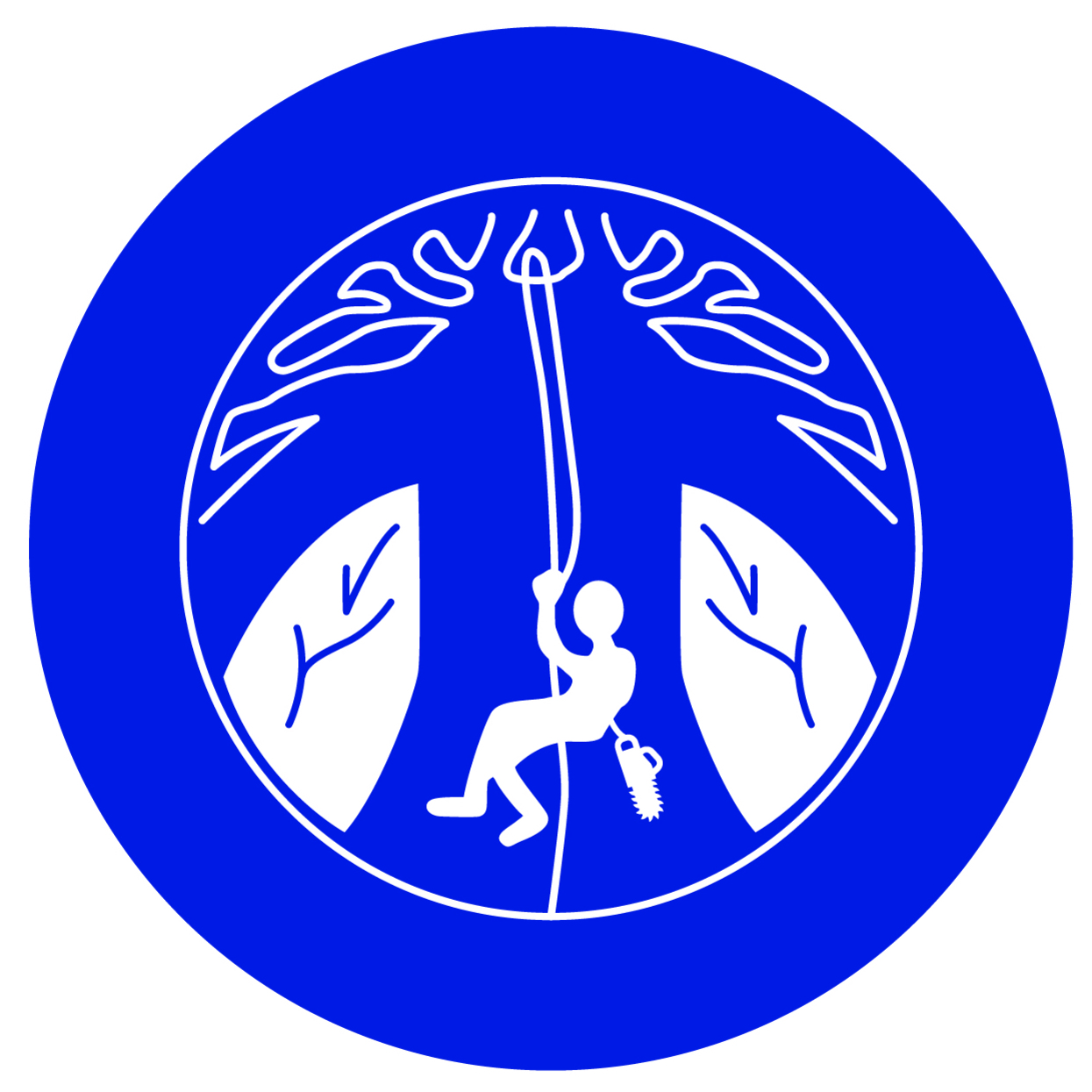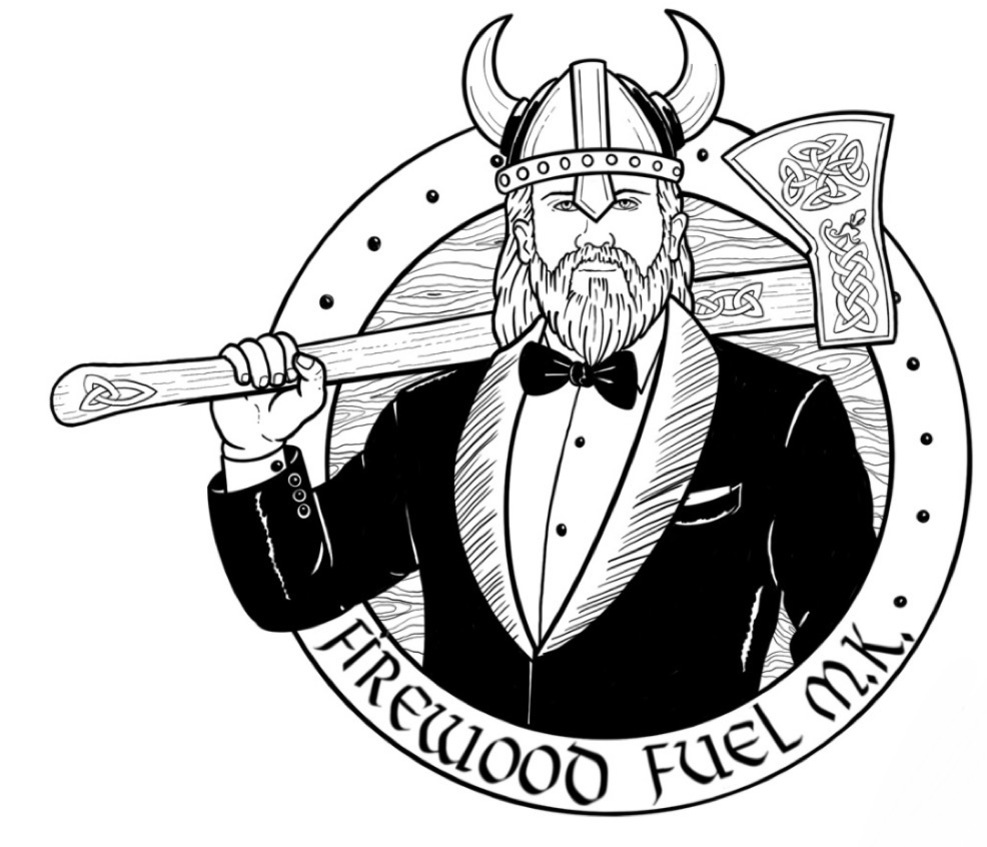Tree Care: Diseases & Pests 🪲⚠️
Posted on 9th June 2023.
Keepin' It Cool: Tree Troubles and How to Deal with Them
A well-maintained garden is a source of pride for homeowners, and healthy trees play a vital role in creating an inviting and beautiful outdoor space. However, trees are not immune to diseases and pests that can threaten their health and longevity.
In this blog post, we will explore some of the common tree diseases and pests that you should be aware of, as well as effective treatment and prevention methods to keep your garden thriving.
At Browns Tree Solutions Ltd, we understand the importance of maintaining healthy trees. With our expertise and passion for arboriculture, we provide professional tree care services to help you protect your trees and preserve the beauty of your landscape. Contact us to learn more about our services and how we can assist you!
Identifying Common Tree Diseases -
Dutch Elm Disease:
Okay, let's talk about Dutch Elm Disease. This fungal infection is like a tree's worst nightmare. Spread by bark beetles, it can turn your elm trees into wilting, yellowing messes. Look out for those sad, droopy leaves and D-shaped exit holes on the bark. If you spot 'em, act fast! Pruning infected branches, keeping things clean, and busting out some insecticide treatments can help you save the day.
Oak Wilt:
Now, we've got Oak Wilt, a real troublemaker for our oak tree buddies. It's caused by a fungus that clogs up the tree's water-conducting vessels, leading to wilting, discoloration, and leaf drop. Talk about a major bummer! This disease spreads through root grafts and sap-feeding beetles. If you wanna show some love to your oaks, get those professional pruning techniques on point, consider preventive injections, and avoid doing any pruning during the disease's active time.
Apple Scab:
Hey, fruit tree lovers, this one's for you! Apple Scab is a sneaky fungal disease that goes after your apple and fruit trees. It's got a thing for dark, scaly lesions on leaves, fruit, and twigs, which can mess up your tree's style and reduce fruit production. Keep an eye out for scabby signs and get rid of any infected plant parts ASAP. And don't forget to rock that fungicide at the right time to prevent and control the disease.
Ash Dieback:
The ash dieback fungus wasn’t formally described until 2006, but it has been known of in Europe for about 30 years. Ash dieback can affect ash trees of all ages. Younger trees succumb to the disease quicker but in general, all affected trees will have these symptoms:
Leaves develop dark patches in the summer.
They then wilt and discolour to black. Leaves might shed early.
Dieback of the shoots and leaves is visible in the summer.
Lesions develop where branches meet the trunk. These are often diamond-shaped and dark brown.
Inner bark looks brownish-grey under the lesions.
New growth from previously dormant buds further down the trunk. This is known as epicormic growth and is a common response to stress in trees.
Ash dieback is caused by a vascular wilt fungus. This is a fungus that affects the water transport system of trees, which is just beneath the bark. The fungus (formally known as Chalara fraxinea) produces small white mushroom-like growths (Hymenoscyphus pseudofraxineus) between July and October. Gardeners and managers of parks and other sites with ash trees can help stop the local spread of ash dieback by collecting the fallen ash leaves and burning, burying or deep composting them. This disrupts the fungus's lifecycle.
Dealing with Common Tree Pests -
Aphids:
Ah, aphids, those tiny sap-sucking pests that just can't get enough of our trees. They can stunt growth and make leaves all wonky. But fear not, we've got some natural heroes on our side! Ladybugs and lacewings are like the avengers of the garden world. They'll chow down on those aphids and restore balance. If things get really out of hand, you can always call in the big guns with insecticidal soaps or horticultural oils.
Emerald Ash Borer:
Yo, ash tree lovers, listen up! We've got an invasive beetle called the Emerald Ash Borer that's causing some serious trouble. It attacks ash trees, and if left unchecked, it's a one-way ticket to tree death. Look for D-shaped exit holes, twisted galleries beneath the bark, and a thinning canopy. If you suspect these pests have crashed your Ash party, call in the pros from Browns Tree Solutions Ltd to evaluate and treat those affected trees.
Prevention and Maintenance Tips -
Regular Tree Inspections:
You should schedule regular inspections with your local certified arborists throughought the year. They'll catch any early signs of trouble and give you the lowdown on what treatments are needed. Prevention is the name of the game, my friends!
Proper Pruning Techniques:
Let's not get all hack-and-slash on our trees, alright? Proper pruning keeps them strong and promotes good airflow, which helps fend off fungal infections. So, consult with the experts to make sure you prune at the right time and use the right techniques. Don't be a tree-trimming rebel!
Soil Management:
Listen up, soil mates! Healthy soil equals healthy trees. Keep it happy with some mulching, regular watering, and a solid nutrient supply. Trust us, your trees will dig it, and they'll be less susceptible to diseases and pests.
Alright, party people, it's time to show some love to those trees of yours. Don't let common tree diseases and pests crash your garden fiesta. Stay vigilant, watch out for signs of trouble like Ash dieback disease, and take action when needed. Remember, Browns Tree Solutions Ltd has got your back if things get a little too wild. So, keep it cool, keep those trees rockin', and let's keep our gardens groovin' for years to come!
Tagged as: Bugs, Garden Maintenance, Gardener, Gardening, Hedge Maintenance, Insects, Pest Control, Pesticides, Pests, Treatment, Tree Care Service, Tree Disease, Tree Maintenance
Share this post:






